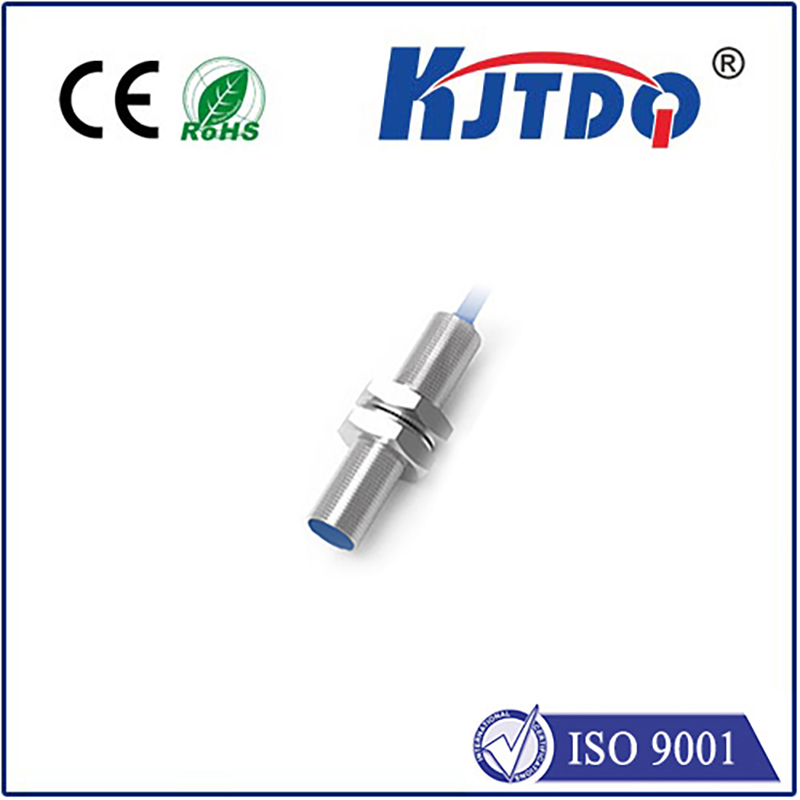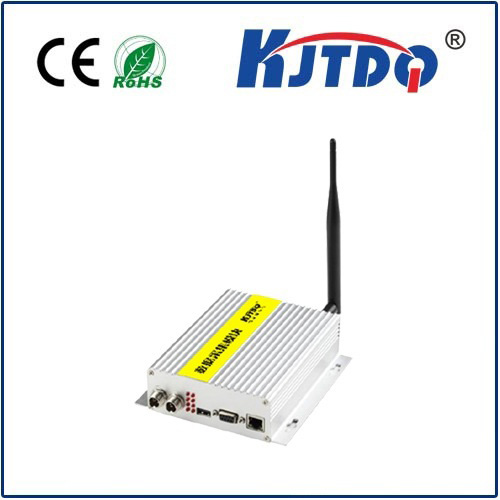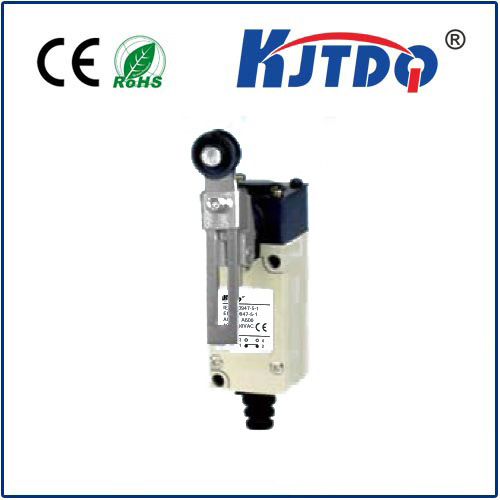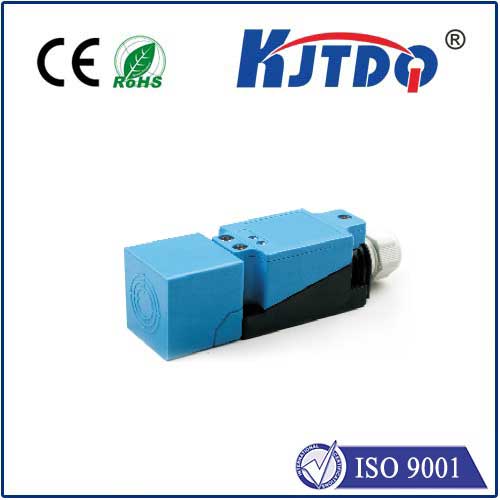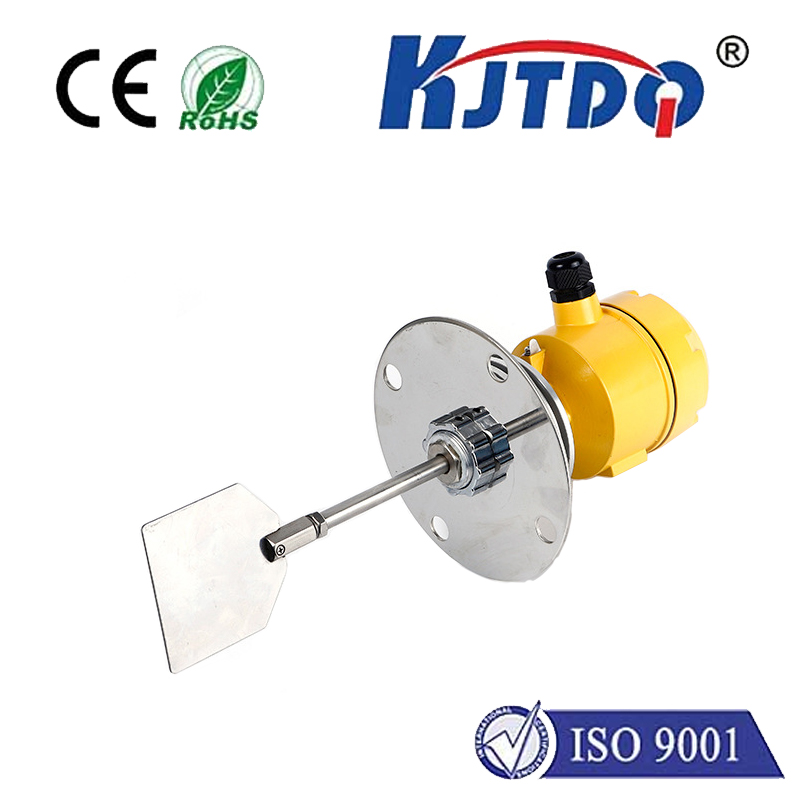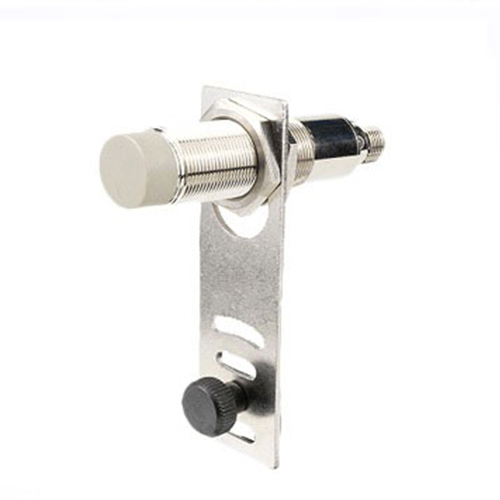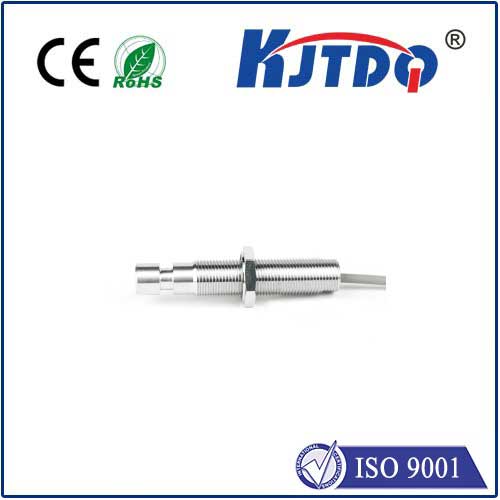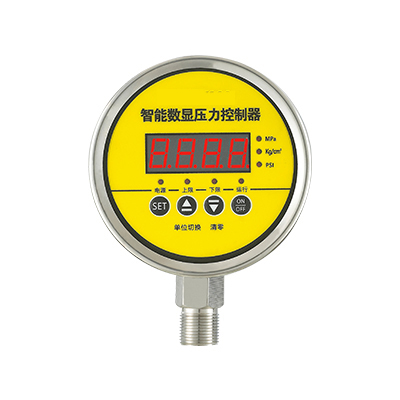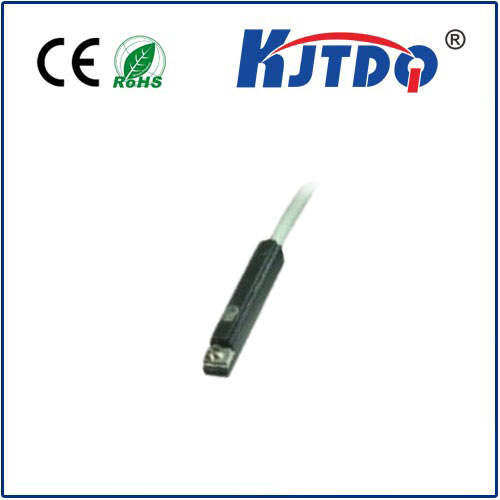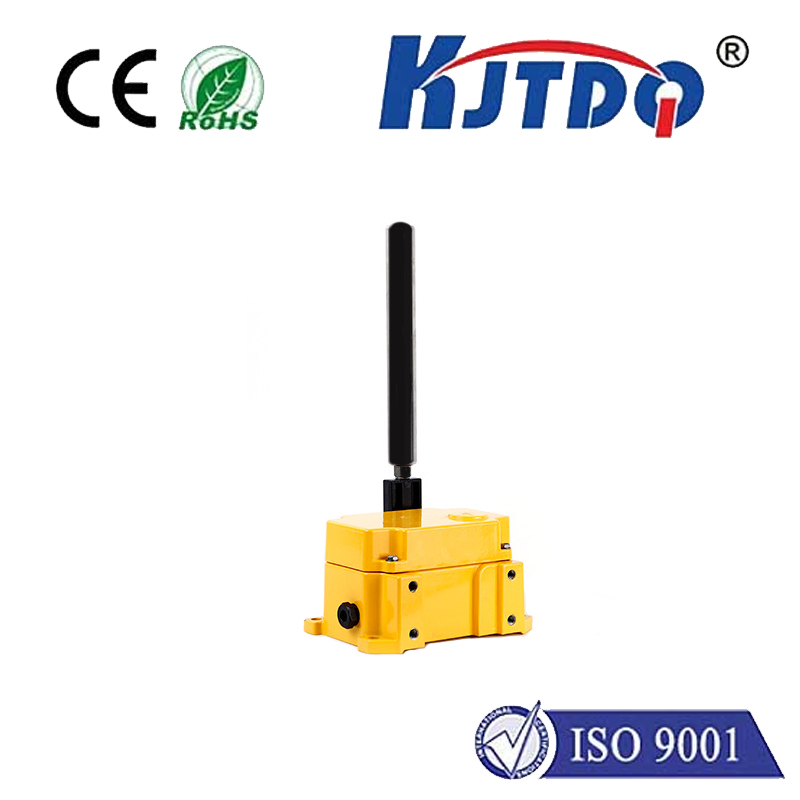18mm proximity sensor
- time:2025-07-05 01:36:32
- Нажмите:0
The Unsung Hero of Automation: Demystifying the 18mm Proximity Sensor
Imagine a complex assembly line humming with robotic arms. Gears mesh, conveyors roll, and products zip by at lightning speed. Ensuring flawless operation, preventing costly collisions, and guaranteeing precise part positioning – especially in demanding industrial environments – relies on a silent sentinel: the 18mm proximity sensor. This unassuming cylinder, no thicker than your thumb, is a cornerstone of modern automation, offering unparalleled reliability in non-contact object detection. But what makes this specific size so ubiquitous, and why is it crucial for your next project?
Beyond the Label: What is an 18mm Proximity Sensor?
At its core, the “18mm” designation refers to the standard threaded barrel diameter of the sensor housing. This specific size has become an industry standard, striking an optimal balance between physical robustness, sensing range, and ease of installation. These sensors operate on the principle of inductive or capacitive detection, depending on the target material.

- Inductive Sensors (Most Common): These are the workhorses for detecting metallic objects (steel, aluminum, brass, etc.). They generate an electromagnetic field. When a conductive metal target enters this field, it induces eddy currents, altering the sensor’s internal oscillation. The sensor detects this change and triggers its output switch. Key advantages include immunity to dirt, dust, oil, and water – making them ideal for harsh factory floors.
- Capacitive Sensors: These detect the presence of virtually any material – liquids, powders, plastics, wood, ceramics, and metals – by measuring changes in capacitance. When any object enters the sensor’s electrostatic field, it alters the capacitance, triggering the output. They are perfect for level detection, leak detection, or applications involving non-metals.
The Compelling Advantages of the 18mm Form Factor
Why has the 18mm barrel size become so dominant? Its success lies in a combination of practical factors:
- Robust Durability: The 18mm diameter provides ample space for robust sensing electronics and a sturdy housing, typically made of nickel-plated brass or stainless steel. This construction grants exceptional resistance to impacts, vibration, and harsh industrial chemicals. It withstands the rigors of manufacturing environments where smaller sensors might falter.
- Optimized Sensing Range: While sensing range varies by model and target material, the 18mm size generally offers a practical and effective detection distance. Inductive sensors typically range from 2mm to 8mm for steel targets in this size class, sufficient for most industrial positioning tasks. Capacitive versions might offer slightly longer ranges.
- Industry Standard Mounting: The M18 x 1 metric thread is incredibly common. This means:
- Wide Availability: Countless brackets, mounting nuts, and pre-drilled holes in machinery are designed specifically for M18 sensors, ensuring easy integration and replacement.
- Secure Positioning: The threaded barrel allows for secure mounting and precise adjustment in tight spaces, crucial for accurate detection.
- Versatility & Variety: The 18mm platform supports an immense range of variants:
- Shielded (Flush Mount): Can be mounted flush in metal, detecting targets approaching axially. Ideal for space constraints or when side detection is undesirable.
- Unshielded (Non-Flush Mount): Offers a longer sensing range but requires space around the sensor face. Best used in non-metallic environments.
- Output Types: NPN (sinking), PNP (sourcing), NO (Normally Open), NC (Normally Closed), analog (4-20mA, 0-10V), and IO-Link communication variants are readily available.
- Connection Styles: Integral cable (various lengths/IP ratings) or quick-disconnect (M8, M12 connectors).
Key Applications: Where the 18mm Sensor Shines
The reliability and standardization of the 18mm proximity sensor make it indispensable across countless industries:
- Manufacturing & Assembly Lines: Position detection of parts on conveyors, verifying presence/absence of components (e.g., detecting pistons in engine blocks), counting products, end-of-travel limits for cylinders and slides.
- Material Handling & Packaging: Detecting pallets, boxes, or bottles on conveyors, controlling sorting gates, confirming filling levels in containers (capacitive), detecting jams.
- Machine Tooling: Tool position verification on CNC machines, spindle orientation, chuck clamping confirmation, coolant level monitoring.
- Automotive: Detecting wheel position on assembly robots, verifying door/window closure in fixtures, part positioning in welding cells.
- Food & Beverage: Monitoring packaging materials, detecting fill levels in non-metallic containers (capacitive), presence detection on hygienic lines (stainless steel variants are vital here).
- Robotics: End effector positioning, collision avoidance detection, gripper status confirmation.
Selecting the Right 18mm Proximity Sensor
Choosing the optimal sensor requires careful consideration:
- Target Material: Metal? Choose inductive. Non-metal (plastic, glass, liquid)? Choose capacitive.
- Required Sensing Distance: Match the sensor’s rated range to the application’s gap requirements. Remember that inductive sensors detect metals at different ranges (e.g., steel > stainless steel > aluminum > brass).
- Mounting Constraints: Is flush mounting necessary? Is the surrounding area metallic? Choose shielded (flush) or unshielded (non-flush) accordingly.
- Output Type: Does your PLC or controller require NPN or PNP? Normally Open or Normally Closed? Analog feedback? IO-Link for diagnostics and parameterization?
- Environmental Conditions: Consider IP rating (dust/water resistance), temperature range, presence of chemicals, and weld field immunity (crucial near welding robots).
- Electrical Specifications: Operating voltage (12-24VDC common), current consumption.
Conclusion (Avoided per request): The enduring popularity of the 18mm proximity sensor is no accident. Its perfect blend of standardized sizing, robust construction, reliable non-contact sensing, and versatile configurations makes it a fundamental component for achieving precision, safety, and efficiency across the automation landscape. Understanding its capabilities and selection criteria empowers engineers and technicians to harness its potential effectively.

